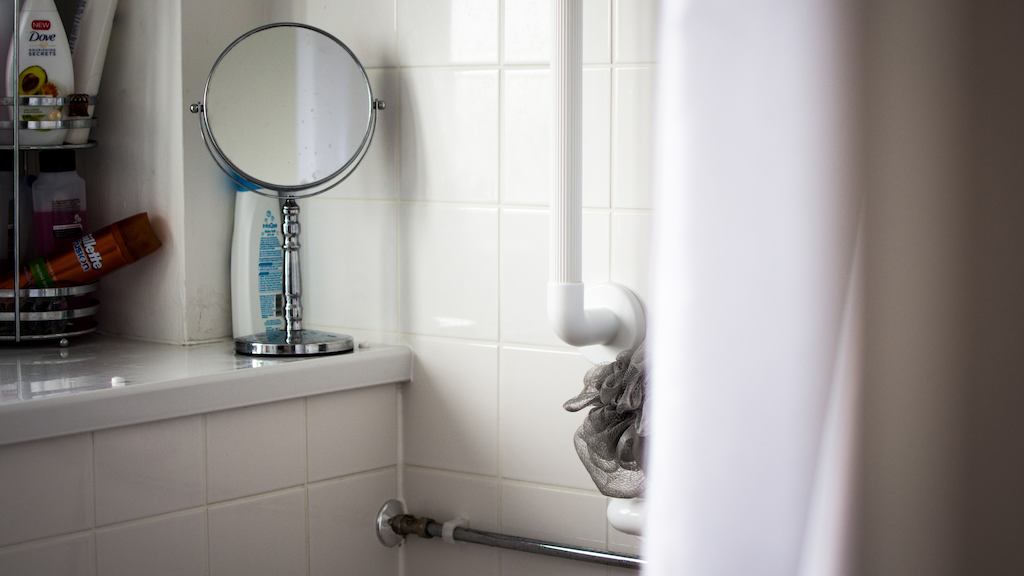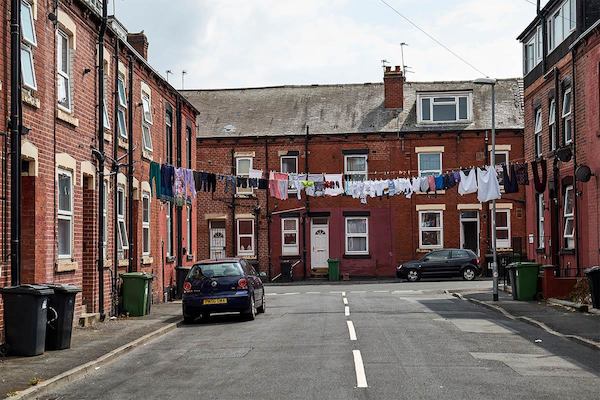Jill is 68 years old. She’s still working and cares for her husband. With reduced mobility due to osteoarthritis, Jill has been in a lot of pain, living in a house that wasn’t suited to her changing needs and didn’t know where to turn to for help. She began to develop coping strategies like shuffling upstairs on her bottom, and couldn’t bathe or shower properly.
After a needs assessment from a local occupational therapist, Jill had a number of adaptations installed at home, including a wet room and extra stair rail. As a result she can now shower herself and though still in pain, the adaptations have helped her remain in her own home.
It’s common to think that this kind of situation happens to ‘other people’. But the reality is that the longer we live the more likely we will experience these sort of challenges. At the age of 65, around 16% of us will struggle with at least one basic daily activity like cooking, washing, dressing or going to the toilet. By our late 80s over one in three of us will have difficulty undertaking five or more daily activities unaided.
Adapting and improving the home can vastly improve its comfort and usability, and ensuring an ability to carry out daily activities safely, comfortably and with dignity. Yet figures show that at least half a million people in England are living without the adaptations they need – and this is probably an underestimate, given the way that the data is collected.The Centre for Ageing Better’s report (published November 2017) shows that people can be put off installing adaptations until they reach a point of crisis. Like Jill’s experience, this can have a hugely detrimental impact on people’s quality of life, and is no way for anyone to live.


